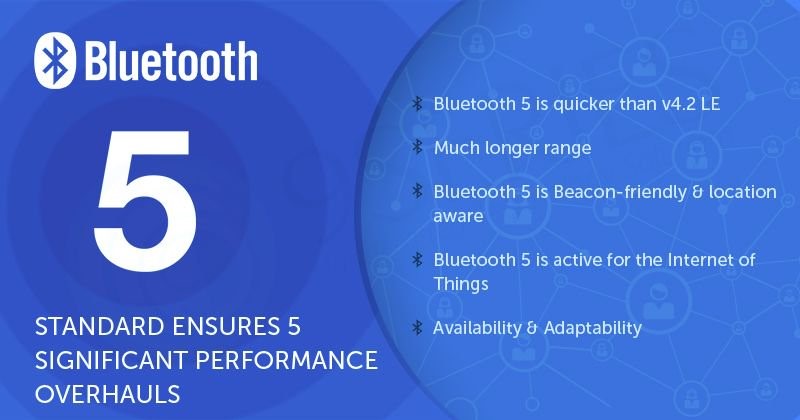
Bluetooth 5: Going faster and further
When Bluetooth Special Group (SIG) released Bluetooth 5 last year, it was clear that their intentions were to improve the distance covered, speed and throughput of Bluetooth Low Energy. True to this intention, Bluetooth 5 came bearing superior performance compared to its predecessor the, Bluetooth 4.2. It uses Mesh networking for the advanced features.
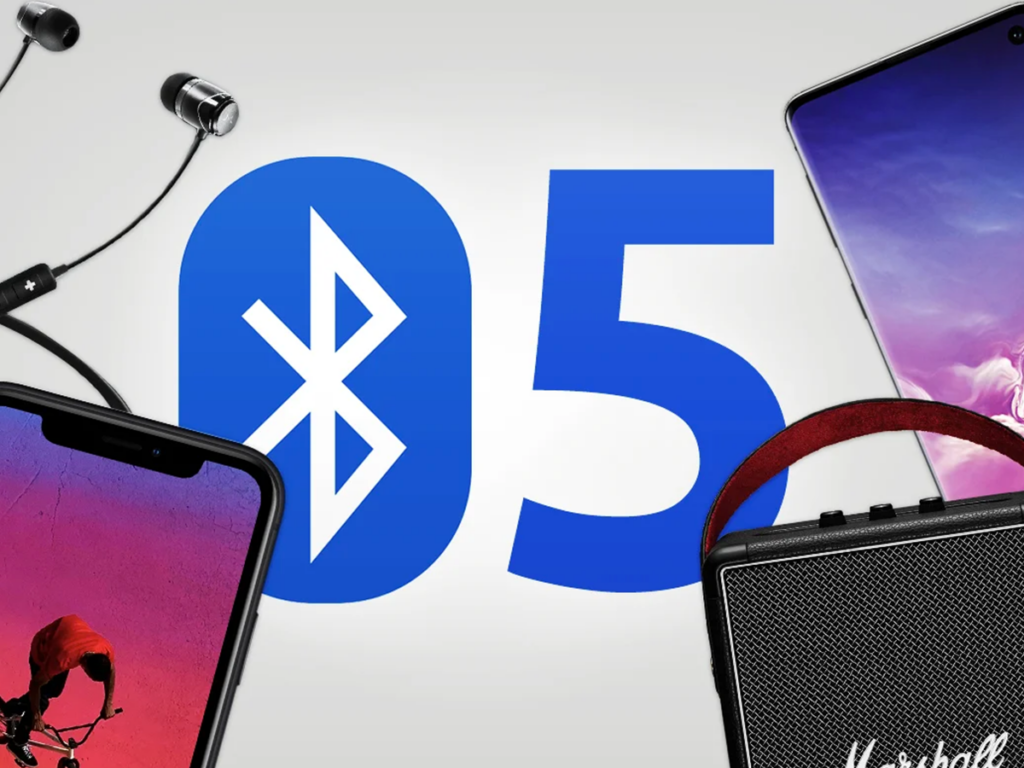
Range
Bluetooth 5 offers a theoretical range of about 200m. This is four times offered by its immediate predecessor Bluetooth 4.2. To spice it up, it offers users the chance to select data rates. The higher the data rate, the lower the range achieved.
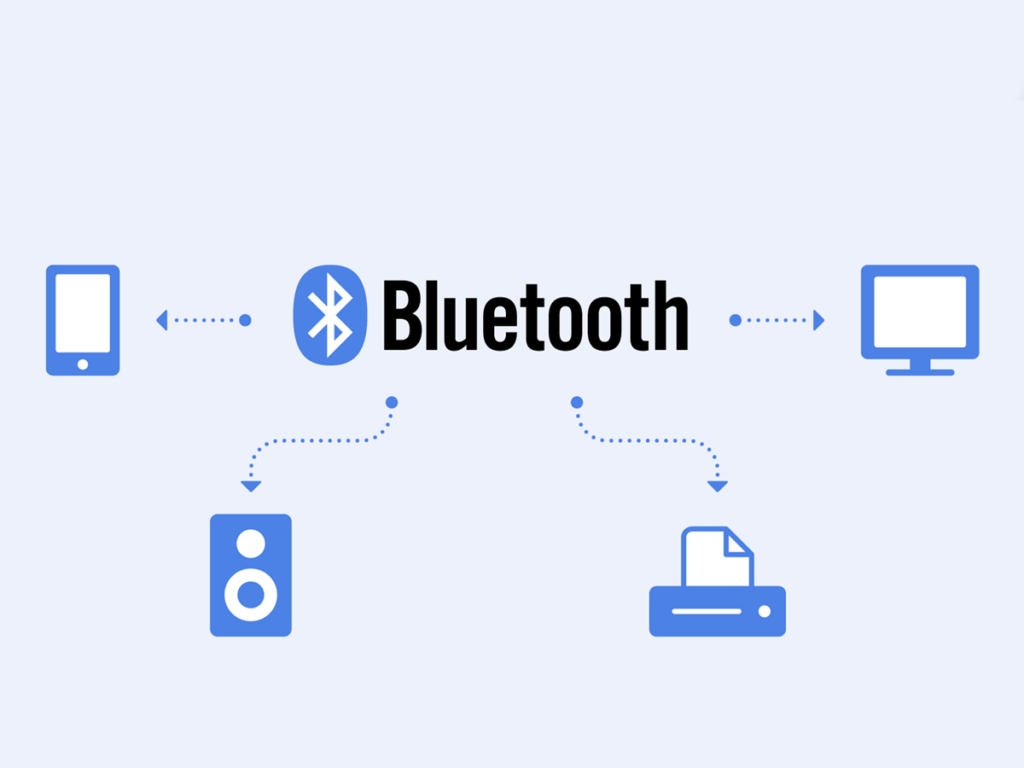
Speed
Bluetooth 5 added a new interface to double the bandwidth at the expense of power. The new Physical Layer (PHY) supports up to 2Mbps and transmission power of +20dB in low energy mode. As discussed earlier, Bluetooth 5 offers you the opportunity to choose from various transmission speeds ranging from 2Mbps,1Mbps, 500kps and 125 kbps. The lower the data rate, the better the range.
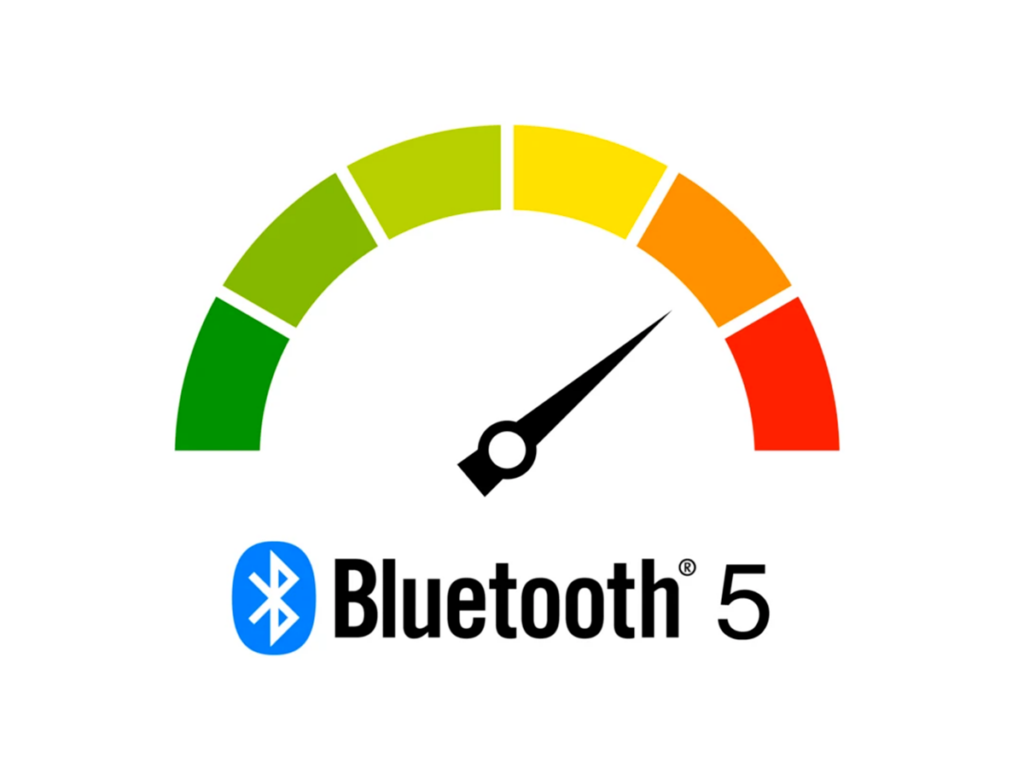
Throughput
The packet data format from Bluetooth 4.2 to Bluetooth 5 is similar, the payload is 251 octets. The throughput of Bluetooth 5 at 1Mb/s is therefore similar to that of Bluetooth 4.2 (0.803 Mb/s). However, at 2Mb/s the throughput is 1.4Mb/s.

Mesh Networking
A mesh network is a network that relies on wireless nodes to create a virtual wireless network. In a mesh network, the devices are wirelessly connected without involving ISPs or phone companies. Every node establishes network links with surrounding nodes so as to enable traffic to hop between nodes on numerous paths across the network. Based on this principle, the mesh networks are self-organizing, self-healing and highly scalable. Mesh network also increases the area that can be covered by the network.

Unfortunately, Bluetooth did not support mesh networking initially. This was a severe drawback as IoT was rapidly gaining popularity. It took the intervention of Cambridge Silicon Radio (CSR) to create ways to enable Bluetooth Low Energy (BLE) devices to form a mesh network. Despite CSR’s efforts, mesh networking had not been included in the Bluetooth standard. Now mesh networking has been standardized in Bluetooth 5. This factor makes Bluetooth 5 a major content for any IoT application. What makes it even more appealing, Bluetooth has been incorporated in in every smartphone, laptop, and tablet. This makes its configuration both easy and cheap.
The ability to coexist
On top of all the benefits discussed above, Bluetooth 5 is able to coexist with other services in the 2.4 GHz band. To ensure that there is little interference between it and other wireless technologies, SIG incorporated avoiding channels used by the Wi-Fi and added availability masks capable of detecting and preventing interference mostly with cellular networks. With cellular networks continually expanding their cellular networks, this will come in handy in ensuring that the standard continues to coexist with cellular networks even in future.

Conclusion
The features of Bluetooth 5 discussed here are only the key features. There are a couple more adjustments to it that make it a formidable competitor for its application. Mesh networking makes Bluetooth more than the short-range personal area network we have always known. Mesh networking coupled with Bluetooth 5 goes a long way in ensuring that Bluetooth remains competitive as a preferred connectivity solution for several years to come.







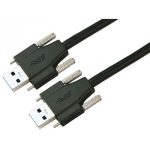
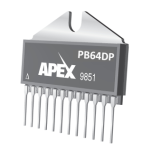

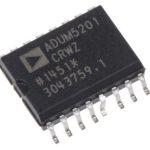










2 Comments